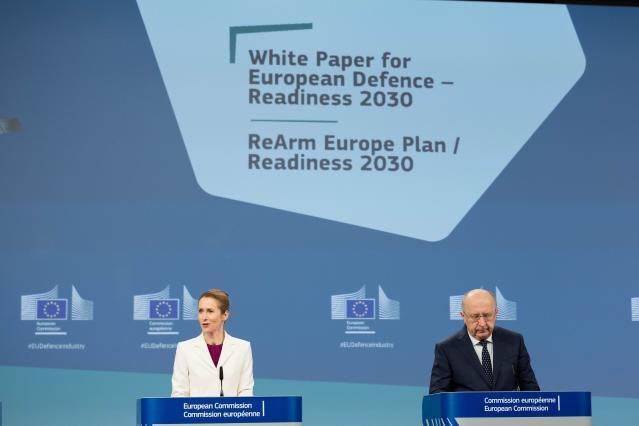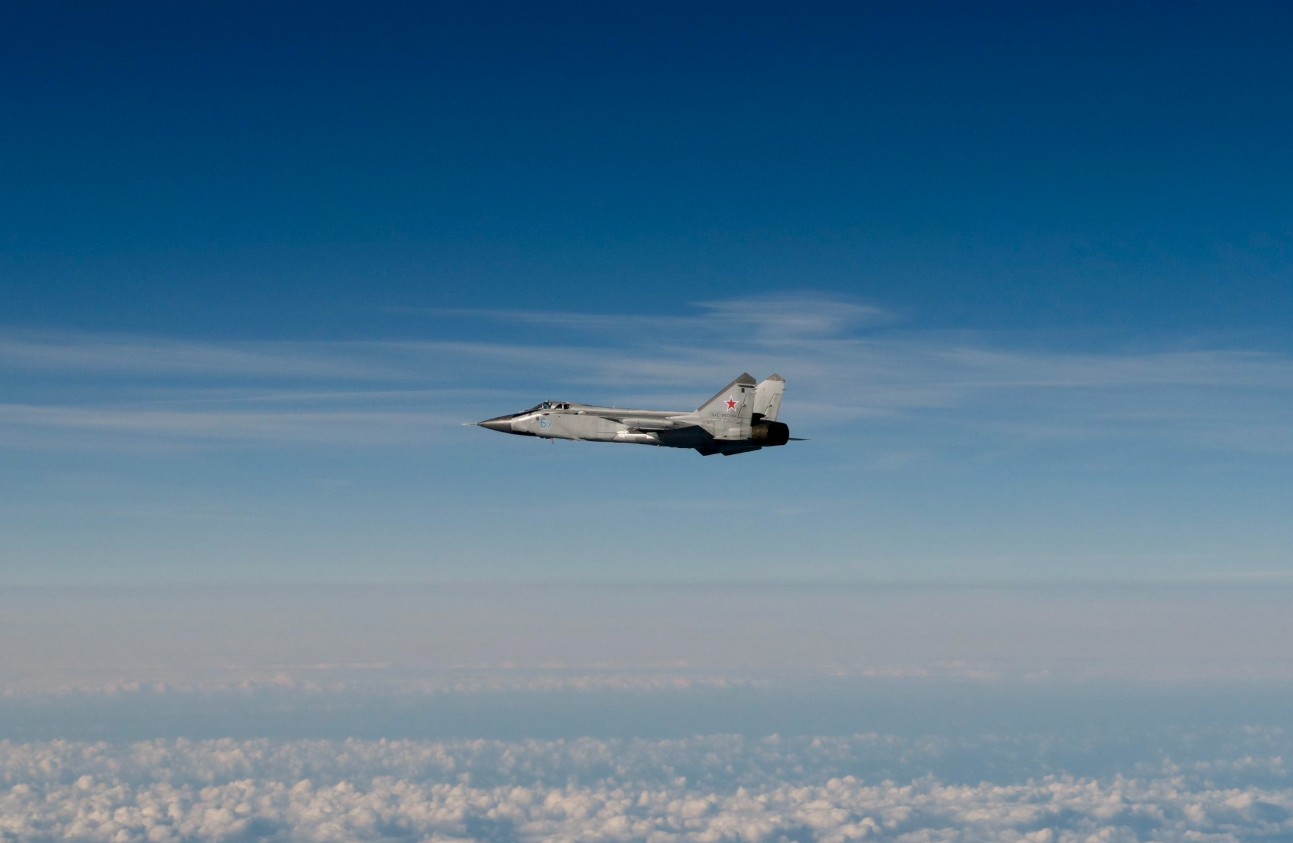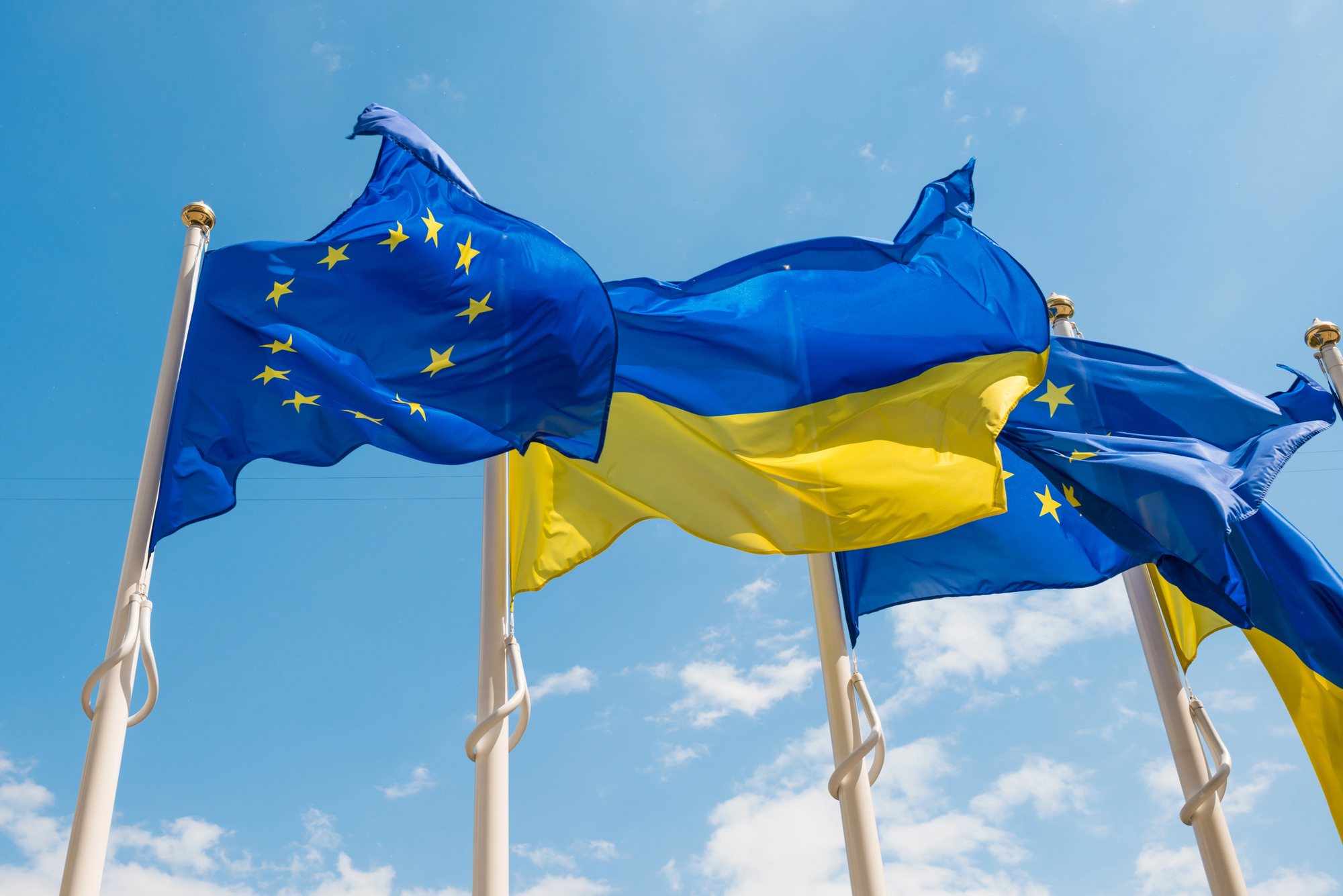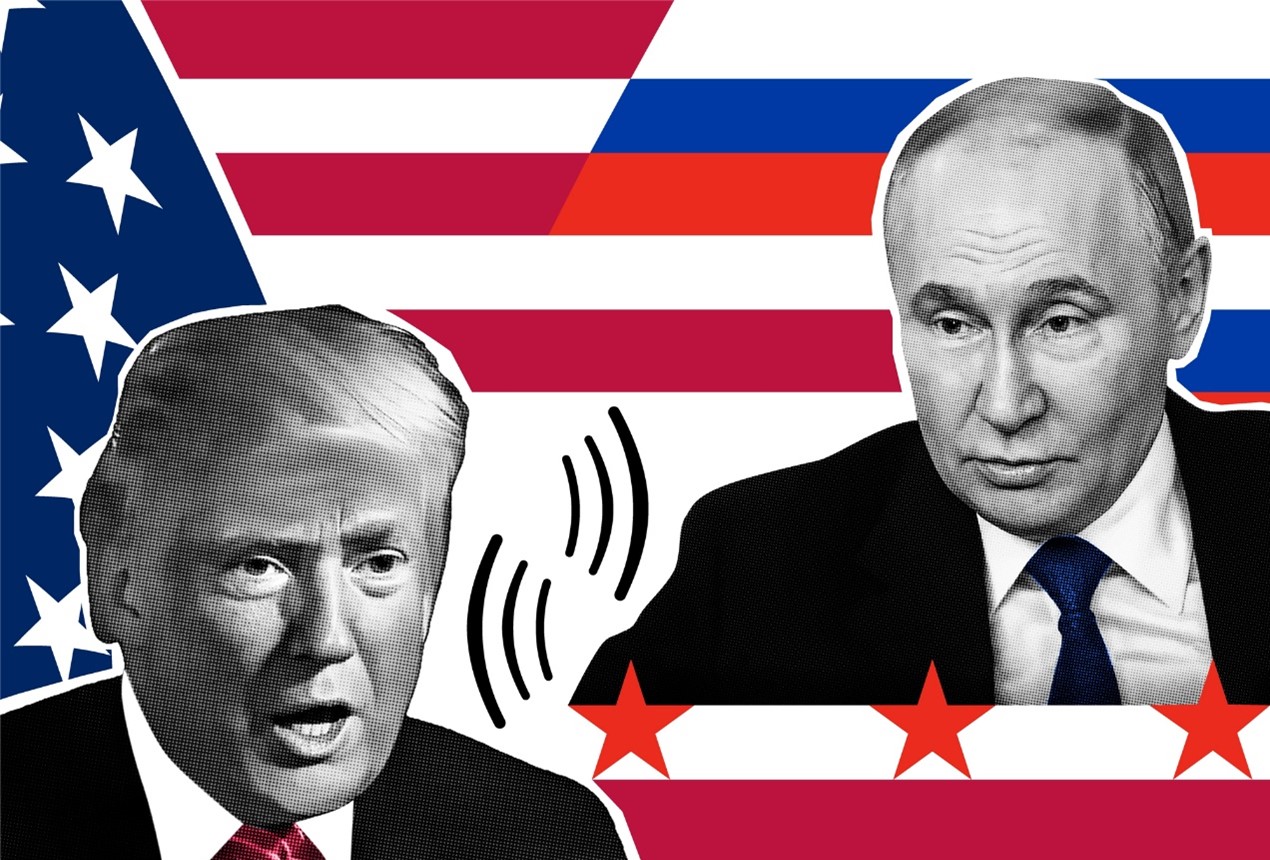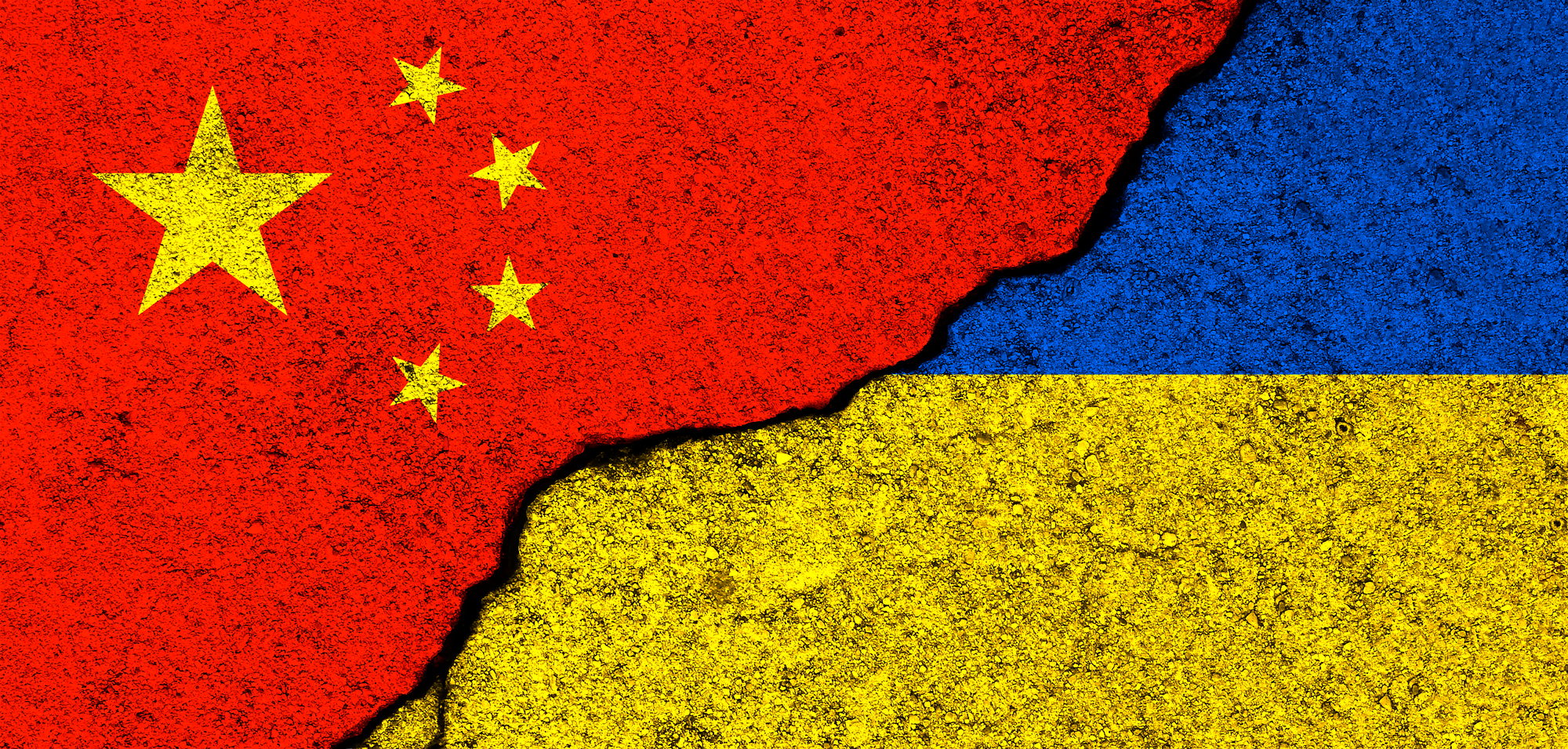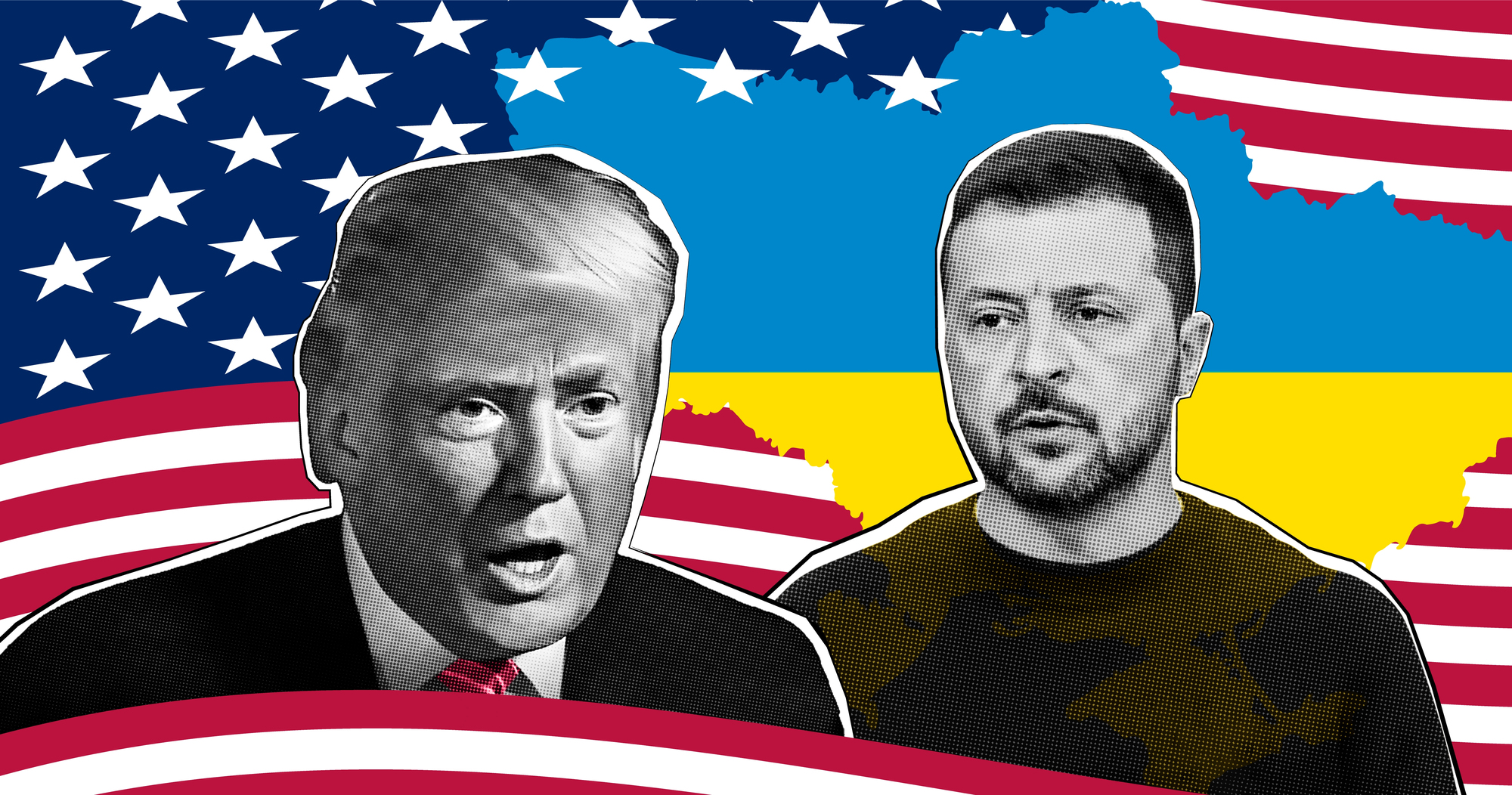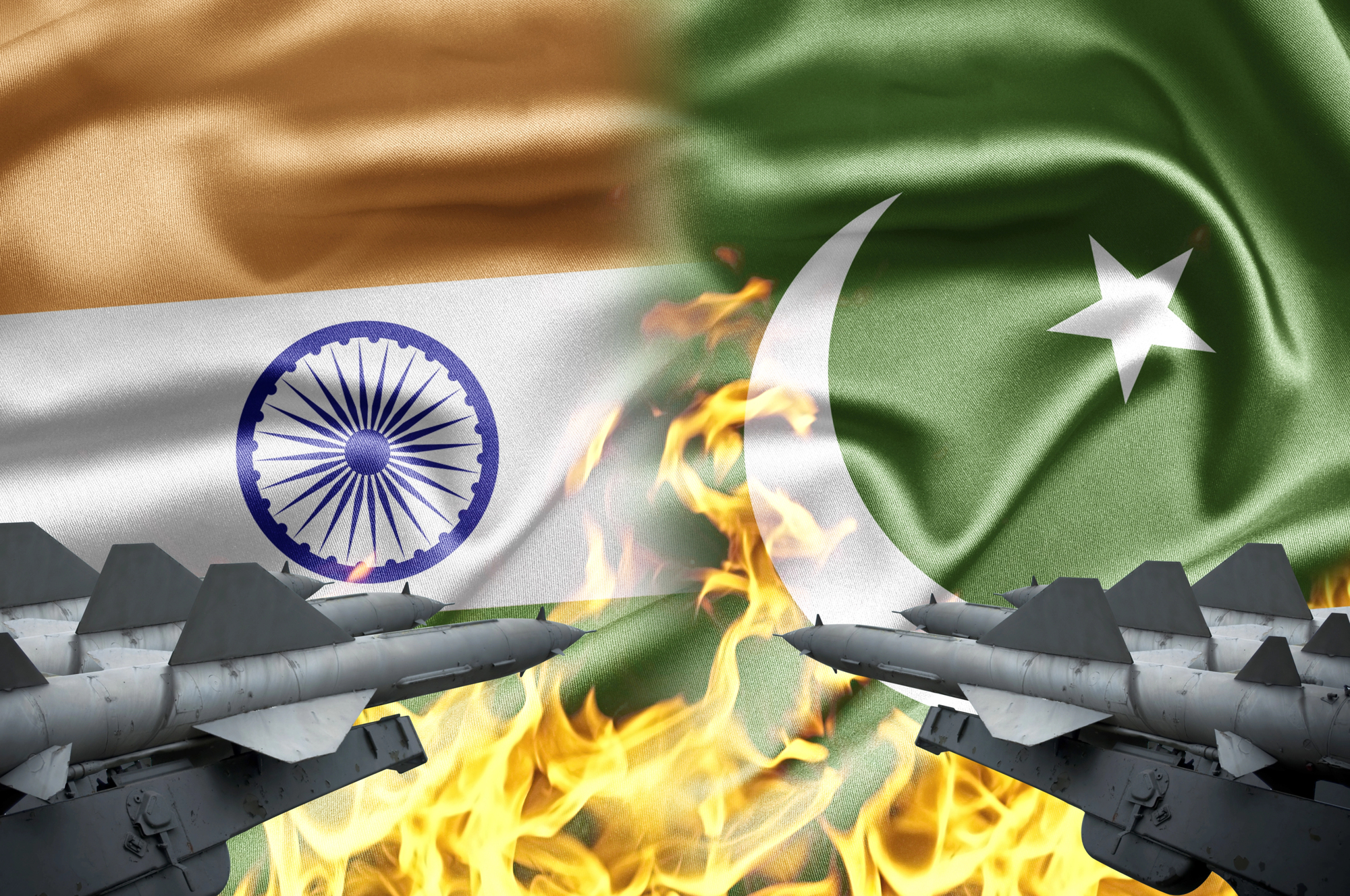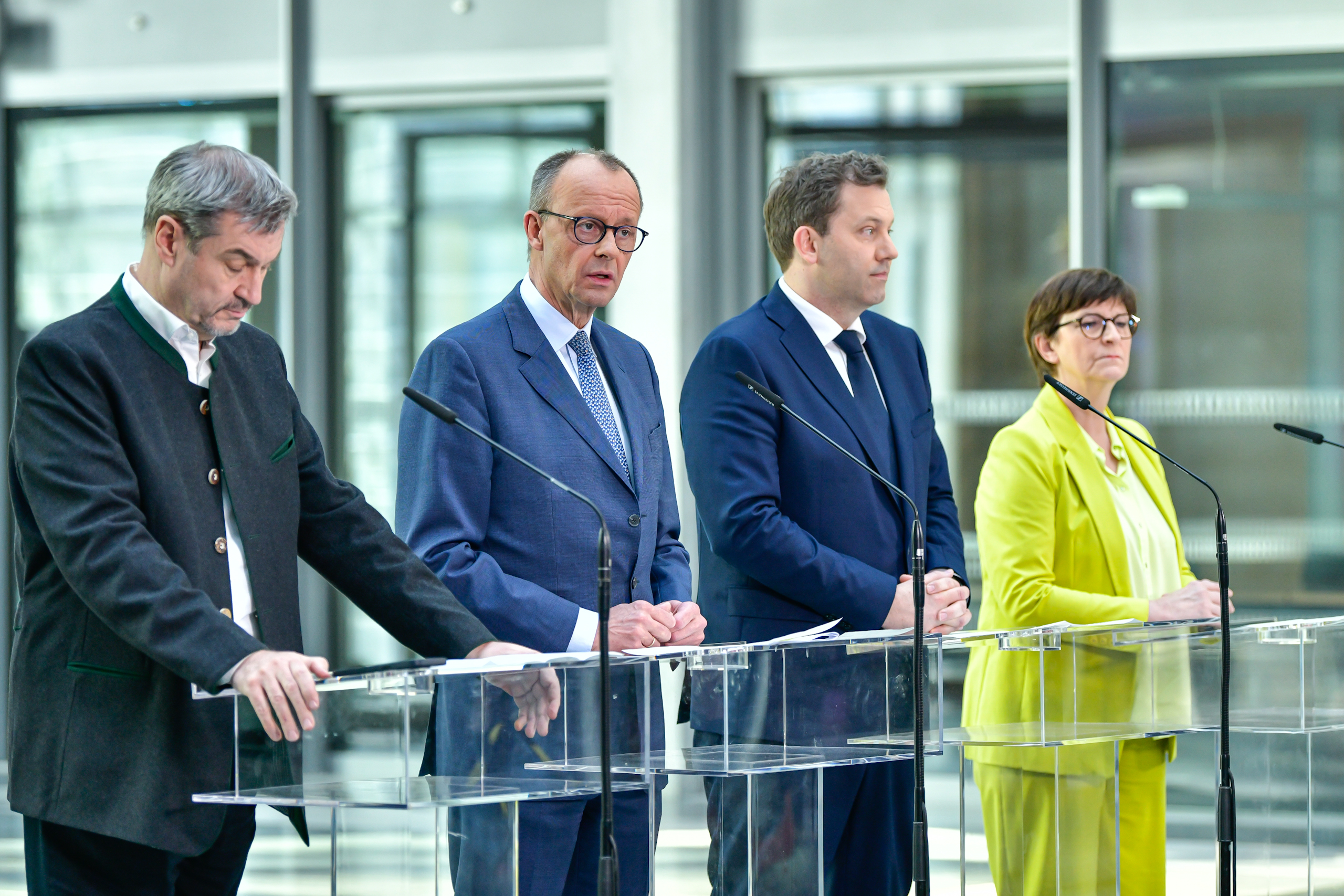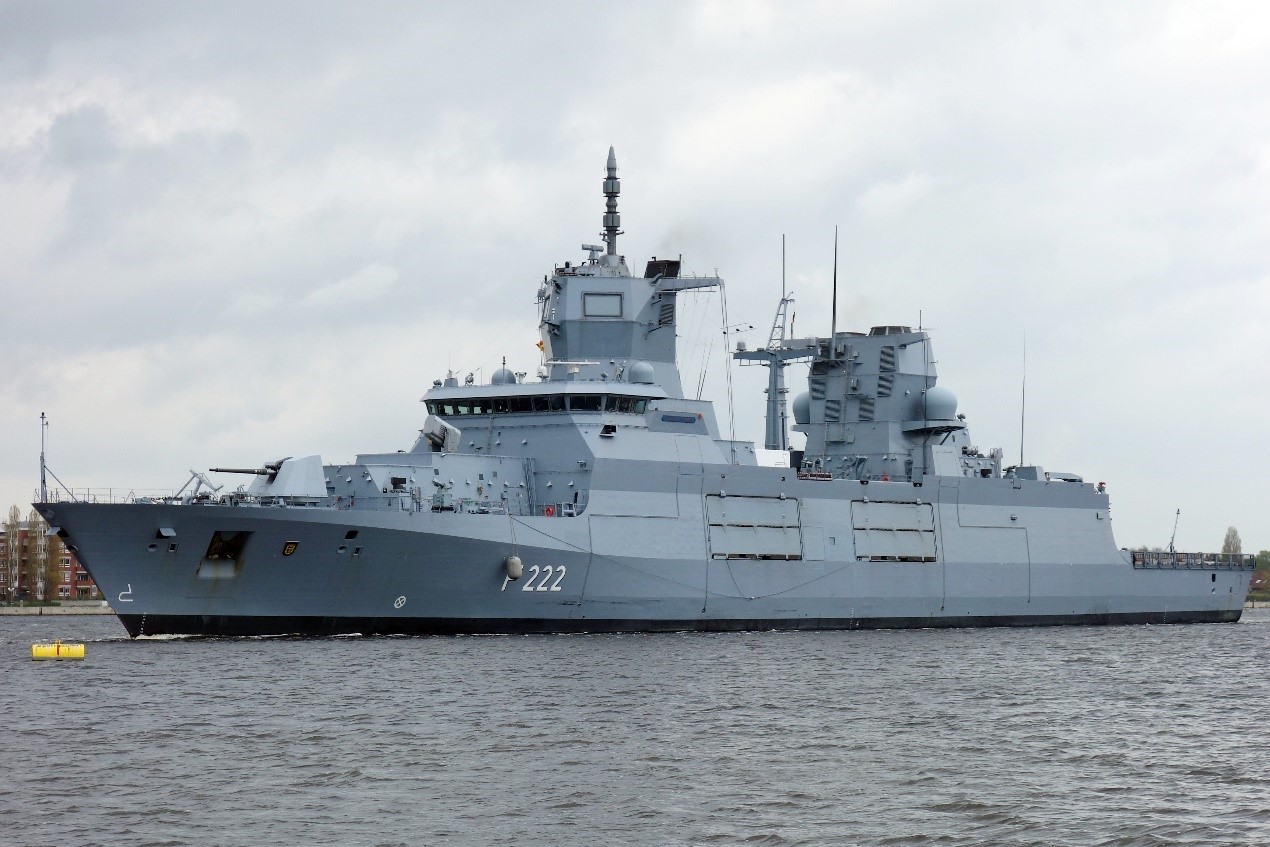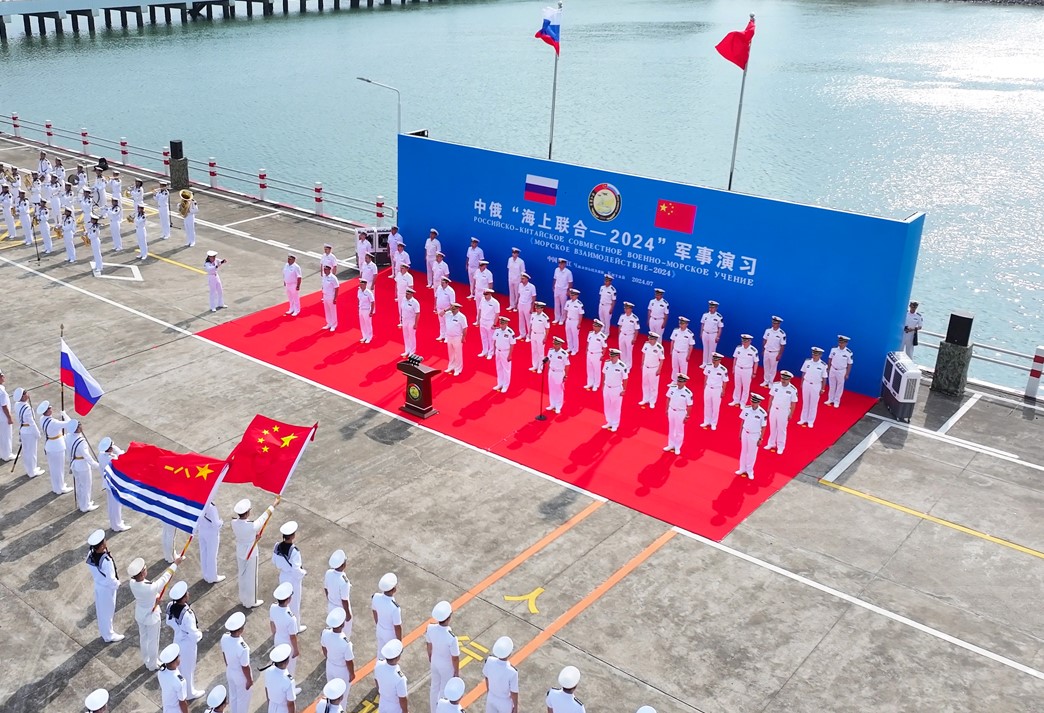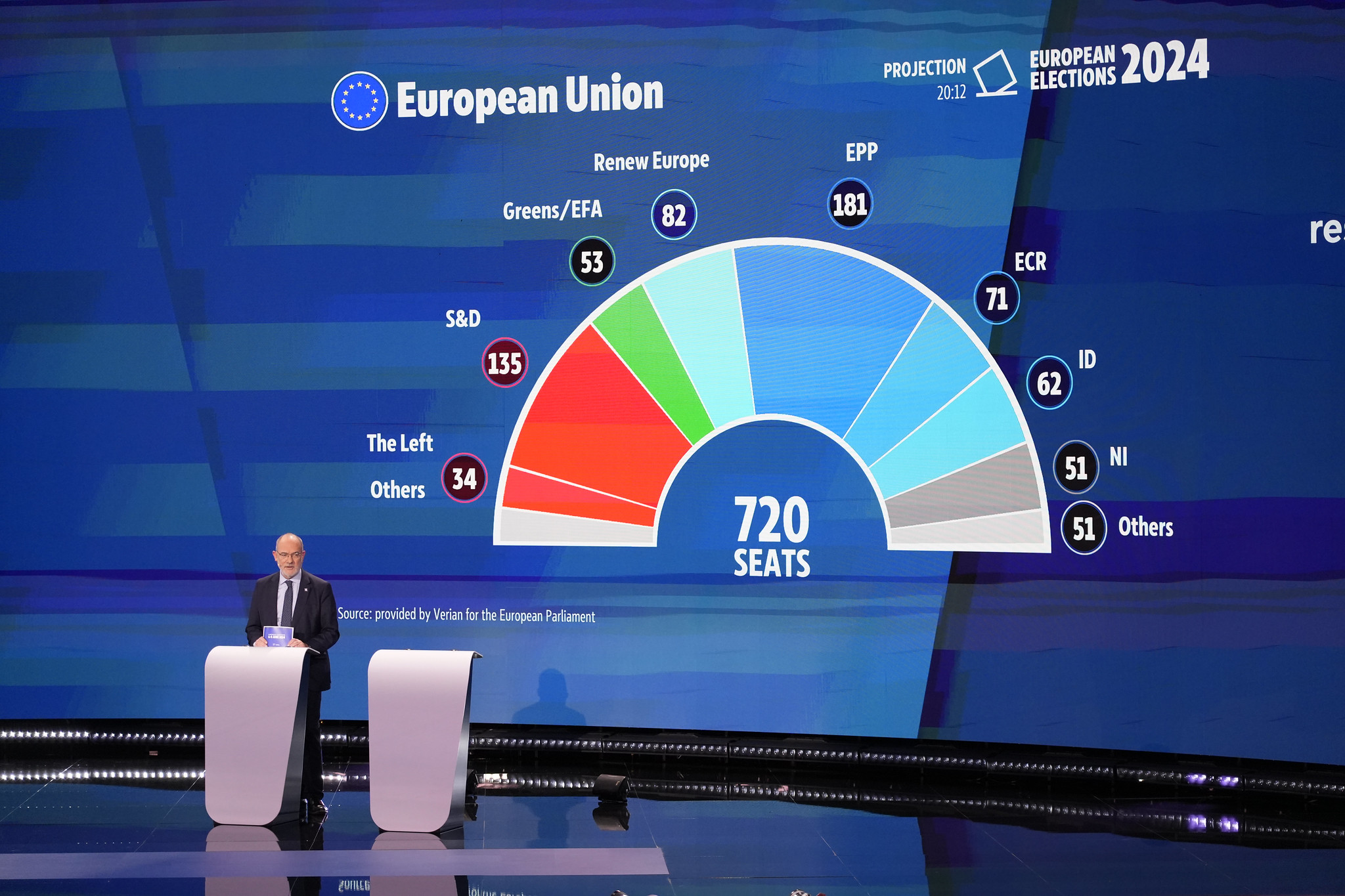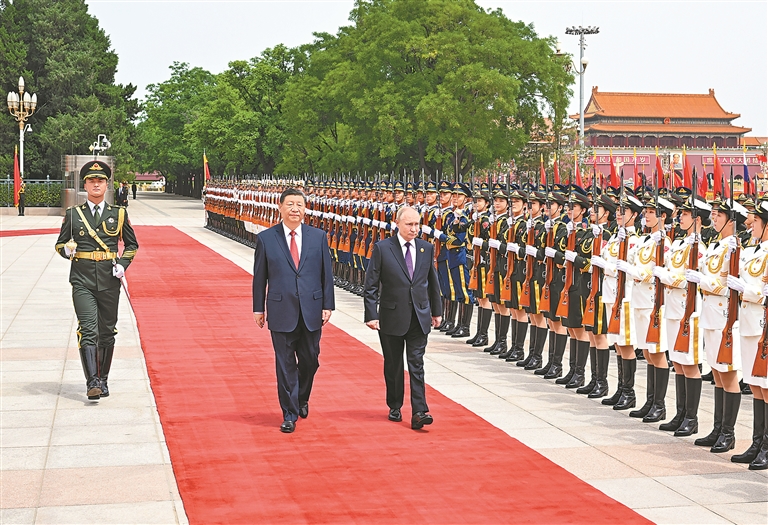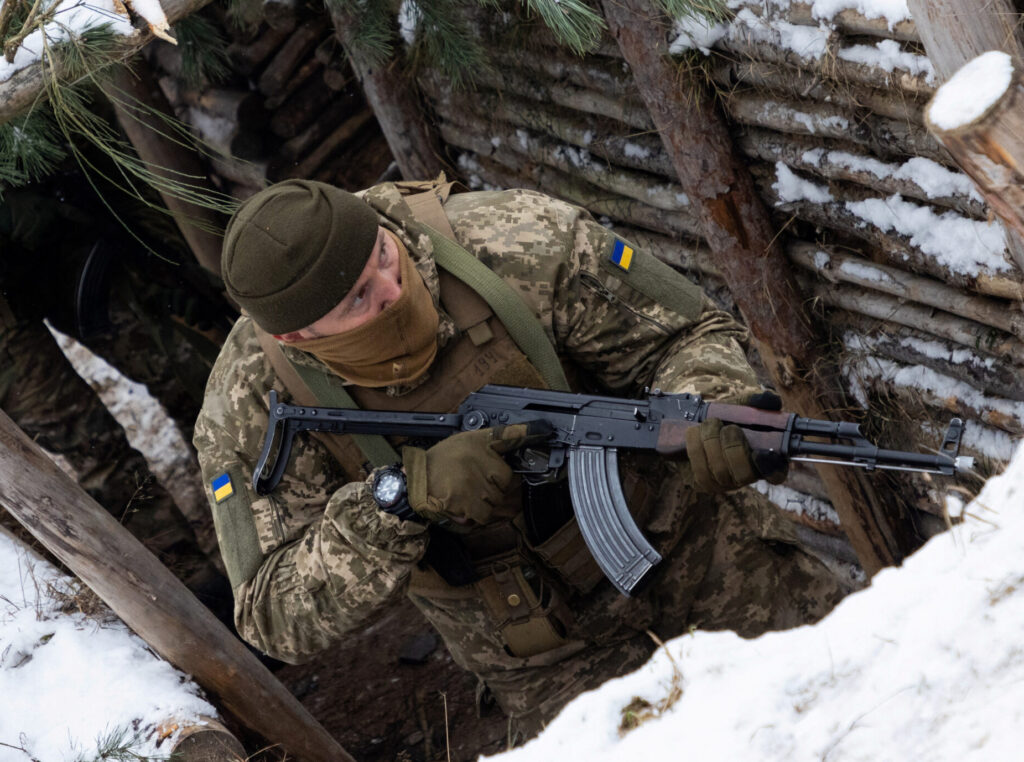From Crisis to Capacity: Europe’s Defense Evolution Amidst Transatlantic Strains
The EU and the European part of NATO must accelerate their defense industrial base and financial commitments to ensure Ukraine’s continued resistance, even if it means acting independently. Picture source: European Commission, March 19, 2025, European Commission, https://ec.europa.eu/commission/presscorner/detail/en/ip_25_793.
Prospects & Perspectives No. 17
From Crisis to Capacity:
Europe’s Defense Evolution Amidst Transatlantic Strains
By Pawel Paszak
The Transatlantic Fracture and Its Consequences
The Donald Trump administration’s inauguration marked a significant shift in transatlantic relations, disrupting established, albeit unwritten, norms that had defined the Euro-Atlantic sphere since the post-World War II era. This shift not only casts doubt on prevailing narratives but, more importantly, challenges core U.S. foreign policy commitments that for decades provided a security shield between Europe and Russia’s post-Soviet imperial ambitions. This shield has been eroded not only by the U.S.’ relative decline in power but also by deliberate efforts to undermine U.S. security commitments. President Trump’s actions have created instability not only in Ukraine and within NATO but also sent significant ripples across the Indo-Pacific and the Taiwan Strait. If the U.S. cannot be a reliable partner for Europe, can it be a reliable partner for Japan, South Korea, or Taiwan?
The symbolic fracture between Europe and the U.S. became evident during the Munich Security Conference, where Vice President J.D. Vance delivered a speech that sharply criticized Europe’s well-documented lack of effort in self-defense and questioned its commitment to democratic values. On a diagnostic level, Vance made valid points: many European countries have lagged in defense spending, with Poland and the Baltic states as notable exceptions; many ignored the gradually increasing threat posed by Russia during the Putin era; and many enabled social fragmentation fueled by political correctness during the migration crisis, which exacerbated extremist political forces and social tensions.
However, the major issue with subsequent U.S. foreign policy actions lay not in the diagnosis but in the proposed solutions. Following the Munich Security Conference, the U.S. initiated a Ukrainian peace process characterized by unwarranted favoritism toward Russia and hostility toward Ukraine. Adding to the rising tensions, a significant rift emerged during a White House meeting between President Trump, Vice President Vance, and Ukrainian President Zelenskyy concerning a critical mineral deal. The meeting, intended to finalize the agreement, devolved into a heated exchange, with Vance accusing Zelenskyy of ingratitude for U.S. aid, and Trump pressuring Zelenskyy to concede to terms that would grant the U.S. control over key Ukrainian mineral resources. This contentious interaction resulted in the deal’s collapse and further strained the already fragile U.S.-Ukrainian relationship, highlighting a growing sense of distrust.
Europe’s Defense Awakening and Industrial Surge
While the U.S.-led security architecture has deteriorated, this process has the potential to revitalize Europe as a security actor. Europe has long debated strategic autonomy with limited results. Trump’s foreign policy, marked by anti-European, anti-liberal, and ostensibly pro-Russian sentiments, shocked European elites. While more demanding and transactional relations were anticipated, the chaotic and self-destructive nature of U.S. diplomacy was unexpected. This abrupt policy shift prompted a reappraisal of European priorities. Key governments quickly concluded that reliance on an unreliable partner poses an unacceptable risk. Consequently, unlike Ukraine, Europe possesses alternatives. From behind its weakened shield, Europe perceived not only an approaching threat but also an opportunity to reclaim its agency in security and, to some extent, economic matters. Trump accelerated a process that began with the Russian invasion of Ukraine in 2022.
The U.S. may soon realize that the military shield it provided to Europe was not a unilateral commitment; it also yielded substantial benefits, including multi-billion-dollar defense contracts, representing roughly two-thirds of all purchases, and preferential treatment for digital and service platforms, as well as other key investments. Diminished reliance on uncertain U.S. commitments is likely to drive greater investment in the European defense industry, which will be less susceptible to transatlantic tensions and will bolster nearshoring and industrial resilience. The post-Cold War EU has been a victim of its passive and short-sighted strategic policies, which prioritized short-term gains. Paradoxically, the Trump era, which is perceived as a threat to the transatlantic Alliance and to the integrity of NATO, may strengthen NATO from within.
Europe has already made significant progress in defense reinforcement. Following NATO’s 2023 enlargement, key European defense companies like Rheinmetall have increased production of 155mm ammunition that proved to be crucial during the defense of Ukraine. By the end of 2025, Europe is projected to have a production capacity of 2 million rounds, significantly surpassing U.S. capacity. Germany’s defense financing shift — the largest economy in Europe — marks another sign of realignment. The two political parties likely to form Germany’s next government have agreed to ease constitutional borrowing limits, paving the way for over 1 trillion euros in defense and infrastructure spending that will enable to meet the desired level of 2% of GDP to close significant capability gaps and rebuild military readiness. Poland’s commitment to bolstering its armed forces is evident in its planned defense spending, which is set to reach 4.7% of its GDP this year, higher than the United States’.
Positive trends are indeed emerging at the European Union level. To significantly bolster European defense capabilities, the ReArm Europe/Readiness 2030 plan, published in March 2025, allows member states to temporarily deviate from standard budgetary constraints. By invoking this provision for defense expenditures, countries can substantially increase their military budgets without triggering immediate excessive deficit procedures. The plan anticipates a coordinated increase in EU defense spending, amounting to approximately 1.5% of each member state’s GDP, generating a cumulative fiscal space of nearly 650 billion euros over four years. This relaxation of fiscal rules aims to address the urgent need for heightened European defense preparedness.
Sustaining Ukraine: The Foundation of Europe’s Security Strategy
While these actions are critical, the war in Ukraine remains the most pressing issue. Europe will justifiably oppose any attempts to impose a peace settlement on Russian terms without securing Ukraine’s interests. The war in Ukraine is a crucible, determining Russia’s future actions and the stability of central Europe. The U.S. may attempt to bring Russia to the negotiating table, but historical evidence does not support such a realignment. This policy shift must be recognized as a costly foreign policy error, the effects of which need mitigation by European allies. From a European and NATO perspective, a flawed peace settlement is worse than a prolonged conflict. Ukraine’s resistance provides a crucial time buffer for Europe to address long-term defense gaps and develop credible power and deterrence capabilities. The longer Russia is engaged in the conflict and subjected to sanctions, the longer it will take to rebuild its capabilities and threaten other potential targets, including the Baltic States. Conceding significant territory or accepting the pseudo-independent status of eastern Ukraine will only embolden Russia for future aggression. A U.S.-led peace plan lacking strong support from key NATO members like France, Germany, the United Kingdom, and Turkey is destined to fail. A durable peace settlement can only be achieved if Ukraine maintains its resistance with reinforced EU financial and military support. Crucially, this European support must be complemented by continued, robust U.S. military aid. The U.S.’ unique capabilities in providing advanced weaponry, intelligence, and logistical support are indispensable for Ukraine’s defense. A coordinated strategy, where European financial and industrial contributions are coupled with sustained U.S. military prowess, is essential for maximizing Ukraine’s defensive capabilities.
However, Europe must also prepare for a scenario where U.S. support is diminished or withdrawn. Therefore, the EU and the European part of NATO must accelerate their defense industrial base and financial commitments to ensure Ukraine’s continued resistance, even if it means acting independently. This strategic autonomy is not merely an option but a necessity for European security in an increasingly unpredictable geopolitical landscape.
(Paweł Paszak is a member of the Indo-Pacific Programme at the Institute of New Europe and co-author of the China Monitor programme for the Warsaw Institute.)


